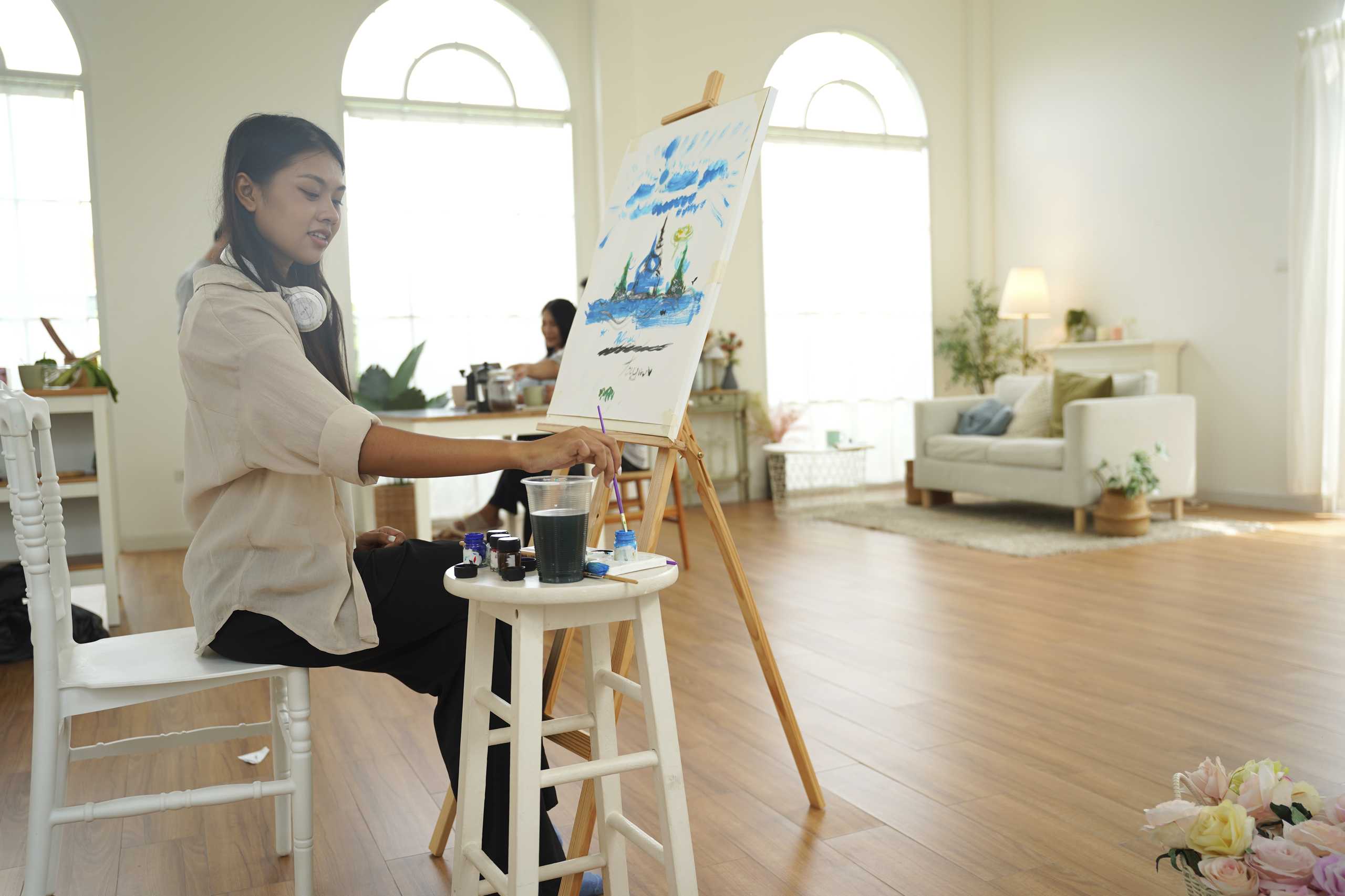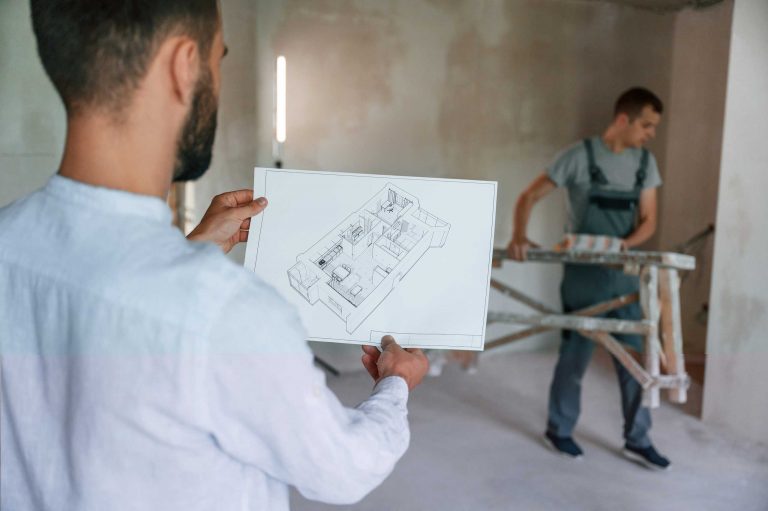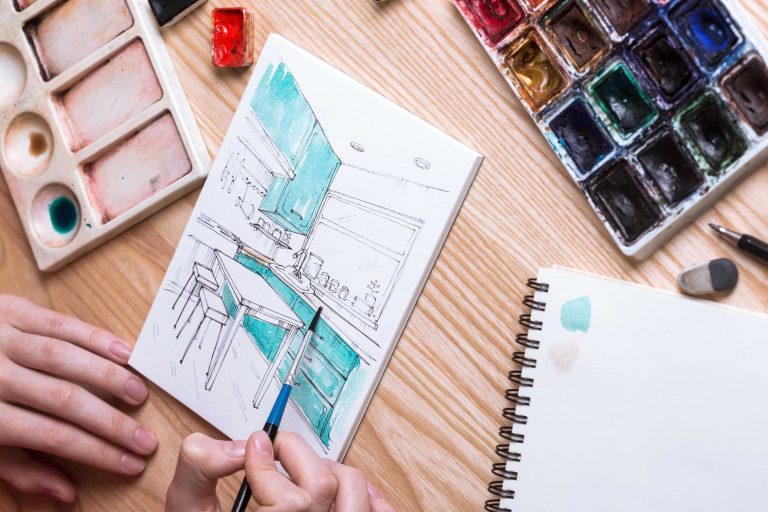One of the biggest challenges in interior sketching is capturing accurate perspective — the way objects appear smaller as they get further away. Mastering this skill brings your drawings to life, making spaces feel three-dimensional and believable.
Why Perspective Matters
Without correct perspective, interiors can look flat or distorted. Perspective guides the viewer’s eye, creating depth and spatial relationships between objects. Whether sketching a cozy living room or a sleek modern kitchen, understanding perspective turns a simple sketch into an immersive experience.
The Basics of Perspective
Start with the fundamental concepts:
- Horizon Line: This represents the viewer’s eye level and anchors your drawing.
- Vanishing Points: Points on the horizon where parallel lines converge.
- One-Point Perspective: Useful for rooms facing you directly, with all lines receding to a single vanishing point.
- Two-Point Perspective: Ideal for corner views, with lines converging to two vanishing points on the horizon.
Grasping these basics helps you build a strong foundation before adding details.
Tips to Practice Perspective
Improving your perspective skills takes patience and practice. Try these approaches:
- Draw Simple Shapes: Start with boxes and cubes in different positions. This builds your spatial awareness.
- Use Reference Photos: Analyze interiors and identify horizon lines and vanishing points.
- Sketch Regularly: Consistency is key — even quick daily exercises help.
- Experiment with Angles: Challenge yourself by sketching from unusual viewpoints.
Tools to Help You
Don’t hesitate to use tools that simplify perspective drawing:
- Rulers and straightedges for clean lines.
- Perspective grids or apps that overlay guides on your tablet.
- Light boxes to trace perspective lines on paper sketches.
These tools can boost your confidence and speed up your workflow without limiting creativity.
Mastering perspective is a game changer in interior sketching. It not only enhances realism but also opens doors to more dynamic compositions. Keep practicing, stay curious, and soon you’ll see your sketches come alive with depth and dimension.




